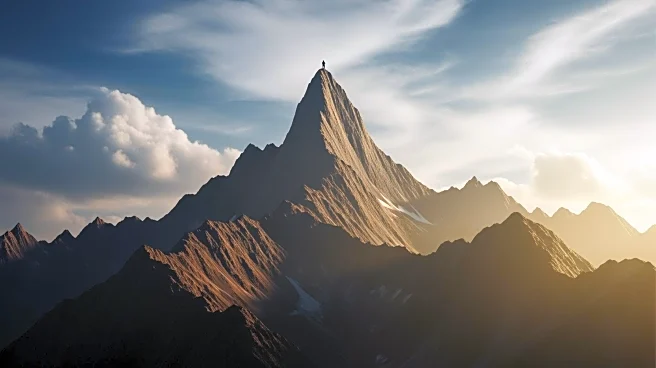What's Happening?
Nepal's government, under the leadership of then-Prime Minister K.P. Sharma Oli, blocked 26 social media platforms, including WhatsApp, Instagram, and Facebook, on September 4, 2025. This decision was
made due to the platforms' failure to register with the Ministry of Communication and Information Technology. The ban led to widespread outrage and protests, primarily driven by the Gen Z demographic. These protests were fueled by deeper frustrations over corruption and socioeconomic issues in the country. The situation escalated, resulting in the resignation of the prime minister and the appointment of an interim government.
Why It's Important?
The events in Nepal underscore the critical role of social media in modern political movements and the potential consequences of government censorship. The protests highlight the power of digital platforms to mobilize and organize dissent, particularly among younger generations. The situation also reflects broader global trends where social media is both a tool for empowerment and a source of tension between governments and citizens. The outcome of these protests could influence how other nations approach social media regulation and youth engagement in politics.
What's Next?
With an interim government in place, Nepal faces the task of addressing the protesters' demands and preparing for future elections. The focus will likely be on reforming political systems, tackling corruption, and ensuring that the voices of young people are heard in the political process. The government will also need to navigate the complex relationship between digital freedom and regulation, as social media continues to play a pivotal role in political discourse.
Beyond the Headlines
The protests in Nepal raise important questions about the balance between government control and individual freedoms in the digital age. As social media becomes an integral part of political activism, governments worldwide will need to consider how to regulate these platforms without stifling dissent. The situation in Nepal serves as a case study for the challenges and opportunities presented by digital activism.













